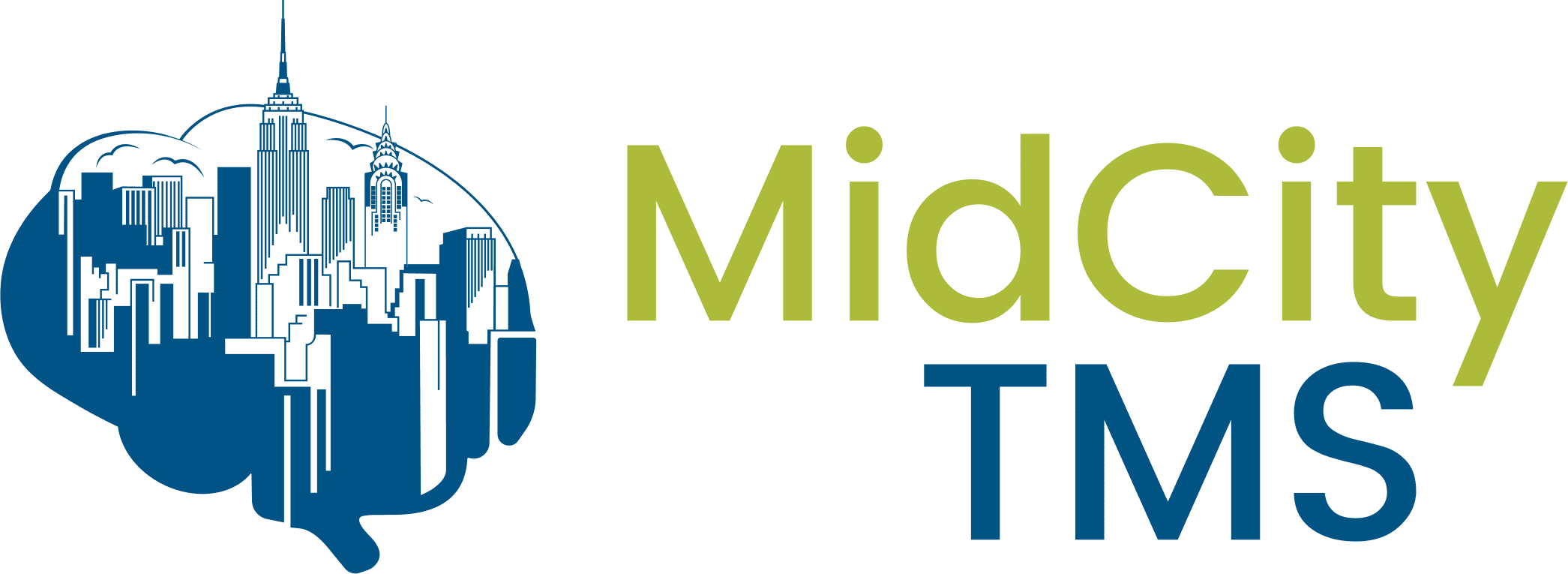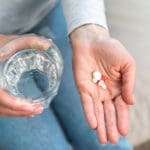For decades, antidepressants such as SSRIs have long been regarded as first-line treatment for major depressive disorder (MDD) and other mood disorders; their importance across many different demographics continues to play a central role in alleviating the global burden of Depression as a disease.
While these medications may prove beneficial under certain circumstances, the risks they pose are not to be ignored, and their drawbacks continue to challenge patients and clinicians alike. Chief among these concerns is a risk known as drug-induced mania (or antidepressant discontinuation-induced mania). Understanding the mechanisms behind this distressing condition is crucial in order to more effectively manage and treat Depression without causing further psychological harm to vulnerable patients.
Understanding the Causes and Effects of Drug-Induced Mania
As a condition, mania is used to describe alarming states of mood elevation including heightened senses of energy, euphoria, impulsivity, and even psychosis, resulting in abnormal behavioral episodes. Although mania is most commonly associated with bipolar disorder (BP), it has also been found to affect patients with unipolar Depression and anxiety disorders—especially those who have been prescribed antidepressants.
How Do Antidepressants Cause Mania?
Unfortunately, well-intentioned antidepressants can sometimes create more problems than they solve; the brain is a highly sensitive environment and changes in neurochemical signaling can influence mood regulation in unpredictable ways. Affective switching, also known as mood switching, occurs when the persistent feelings of Depression suddenly transform into manic or hypomanic episodes, manifesting as sudden changes in an individual’s baseline emotional pattern.
Antidepressants are designed to affect the balance of neurotransmitters in the brain, modulating the presence of agents such as serotonin, norepinephrine, and dopamine. But disruptions to the brain’s delicate equilibrium can produce unintended consequences—sometimes leading to the emergence of shocking manic symptoms.
An individual’s susceptibility to drug-induced mania can vary based upon pre-existing factors including their genetic profile, coexisting medical conditions, and/or underlying psychiatric issues (such as undetected or undiagnosed bipolar disorder). Given these factors, however, how sizable is the risk overall?
What is the Risk of Developing Drug-Induced Mania?
In 2010, researchers performed a meta-analysis of 35 suitable reports assessing whether exposure to antidepressant drugs (ADs) increased the risk of mania among patients with BPD and/or MDD. Their findings were positively correlated, showing that antidepressants “moderately increased the risk of mania overall,” and concluding that ADs “approximately doubled [the] moderate spontaneous risk of mania–hypomania” in patients.
They found that with exposure to ADs, a patient’s risk of experiencing mania measured at around 12.5%, while the risk for patients functioning without ADs averaged only 7.5%. This means that the risk of developing new mania–hypomania was 5% higher in patients who were prescribed tricyclic antidepressants or serotonin-reuptake inhibitors, with higher risk associated with the tricyclics. Moreover, mood stabilizers as a co-treatment were found to have little preventative effect against these risks.
Another study published in the Journal of Psychiatric Practice focused solely on evaluating 146 patients with chronic treatment-resistant Depression or TRD in order to better understand the ways in which true drug-induced mania diverges from breakthrough instances of underlying BP. Of the 146 participants, 16 experienced hypomania following antidepressant treatment trials, and only one of them had a family history of bipolar disorder—designating drug-induced mania as a definitive catalyst.
Although more research is needed, clinicians have documented the additional risk of antidepressant discontinuation-induced mania, in which AD withdrawal poses manic risks to patients as well.
Exploring Low-Risk Alternatives to Antidepressants
When considered alongside the other common side effects of antidepressants, the potential threats of drug-induced mania or antidepressant discontinuation-induced mania may prove too risky for patients weighing particularly delicate psychological circumstances. In examining safe, effective, low-risk alternatives to antidepressant therapy, clinicians have long regarded repetitive transcranial magnetic stimulation (rTMS) as a noninvasive solution to treating mania—instead of causing it.
One hallmark review in 2020 examined the conglomerate evidence of 34 separate studies assessing rTMS’ effects on patients with bipolar disorder, a disorder characterized by severe manic and depressive episodes. Researchers found that across each and every study, rTMS exhibited some measure of detectable efficacy for treating BD symptoms, concluding that “based on the included studies, [the] risk of affective mania switching was low, similar to previous reviews.”
Beyond the realm of safety concerns, the working efficacy of antidepressants has also remained under scrutiny for quite some time, with significant research suggesting that their benefits are overreported and may prove to be relatively small as compared to their placebo counterparts. TMS treatments can be safely administered in conjunction with other forms of therapy, including medications and cognitive behavioral therapy (CBT) in order to create more holistic, resilient, and low-risk treatment plans for individuals struggling with MDD and other mood disorders.
Restoring Psychological Balance with Mid City TMS
If you’ve experienced episodes of drug-induced mania, or feel that the risk posed by antidepressants is far too destabilizing, Mid City TMS offers safe, low-risk alternatives to tricyclic antidepressants and serotonin-reuptake inhibitors. Our transcranial magnetic stimulation treatments work to stabilize executive functioning and regulate over- or under-stimulation in the brain—as opposed to inducing it as a side effect. Contact us today to learn more about the transformative and therapeutic benefits of TMS therapy.



